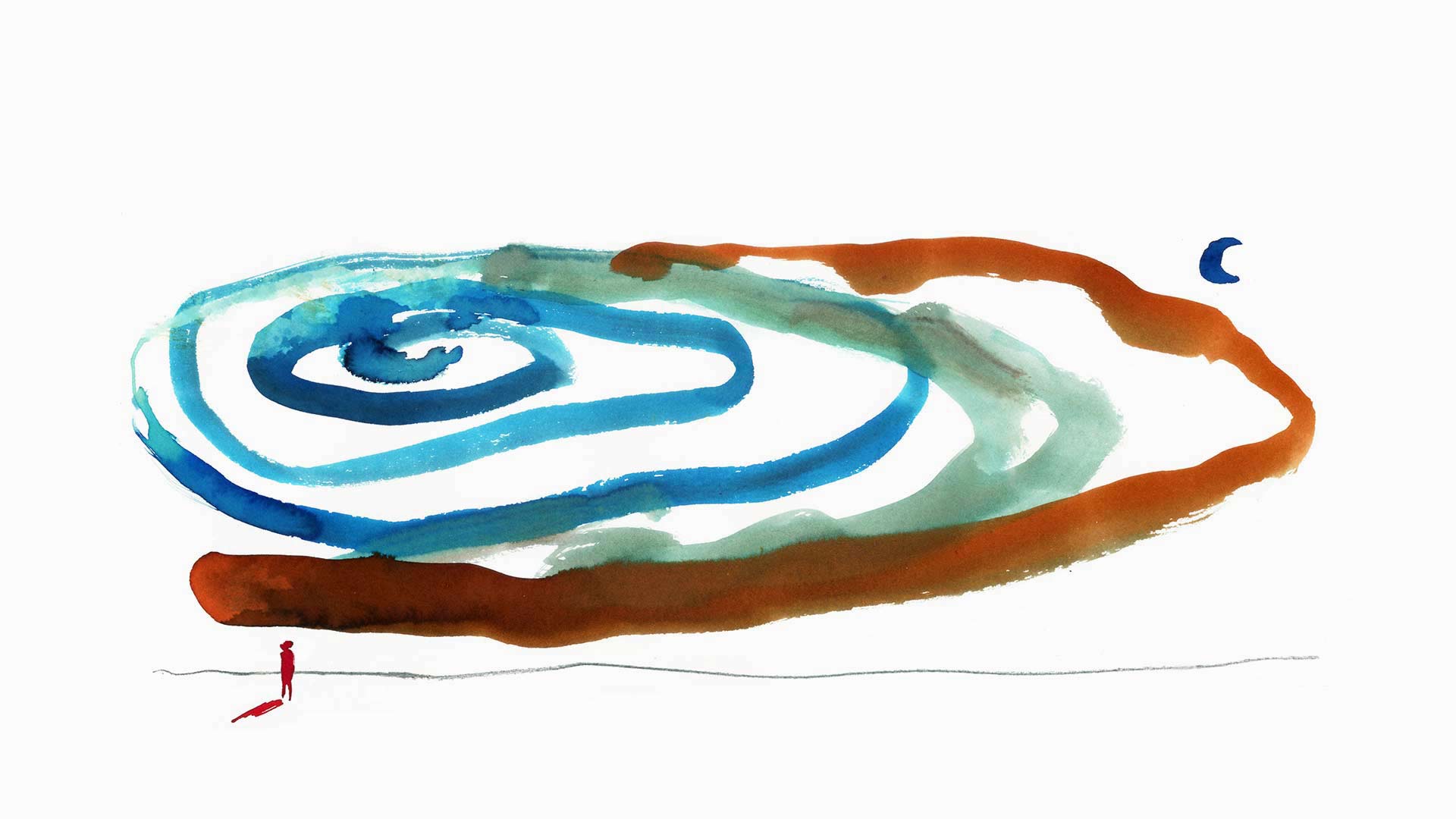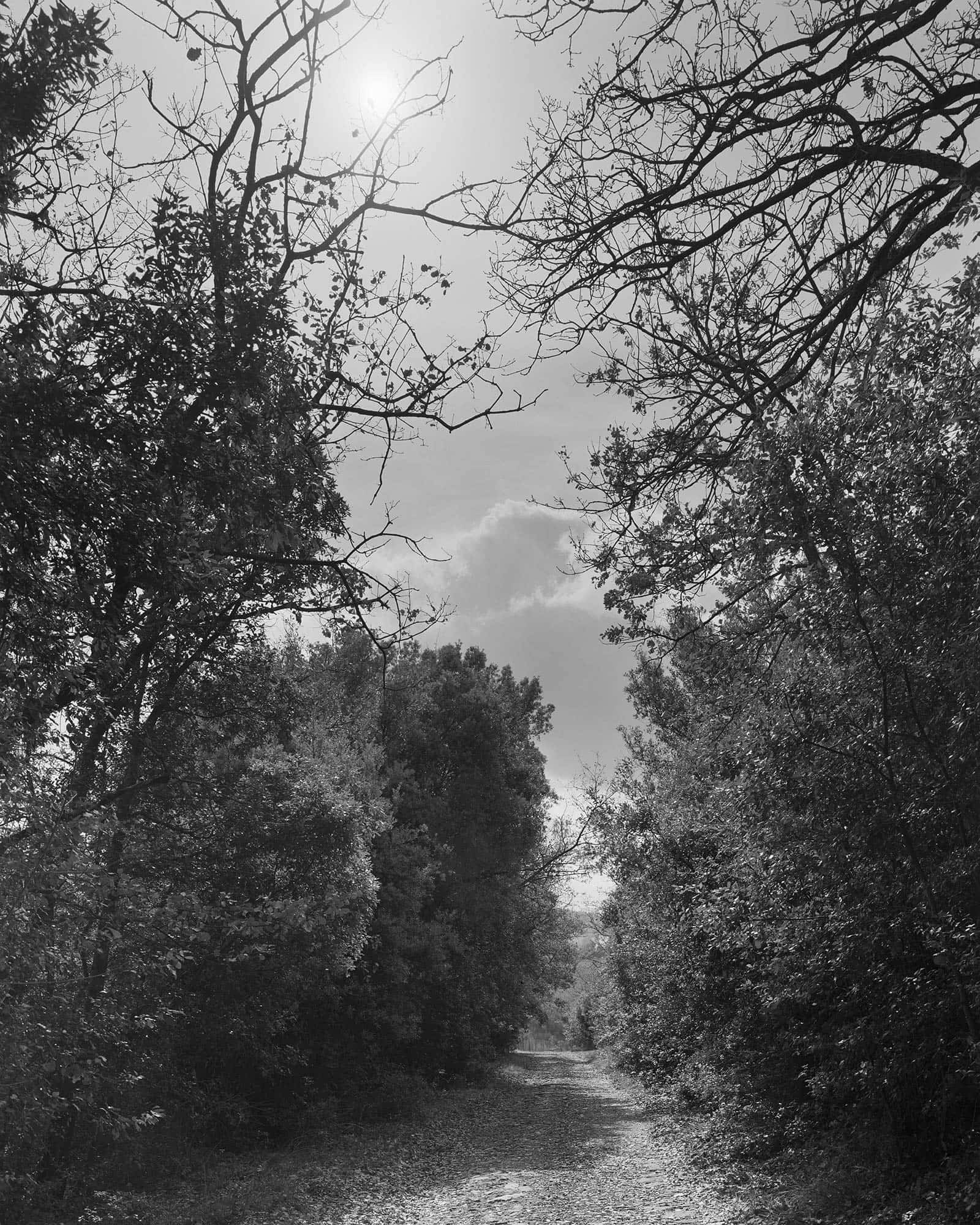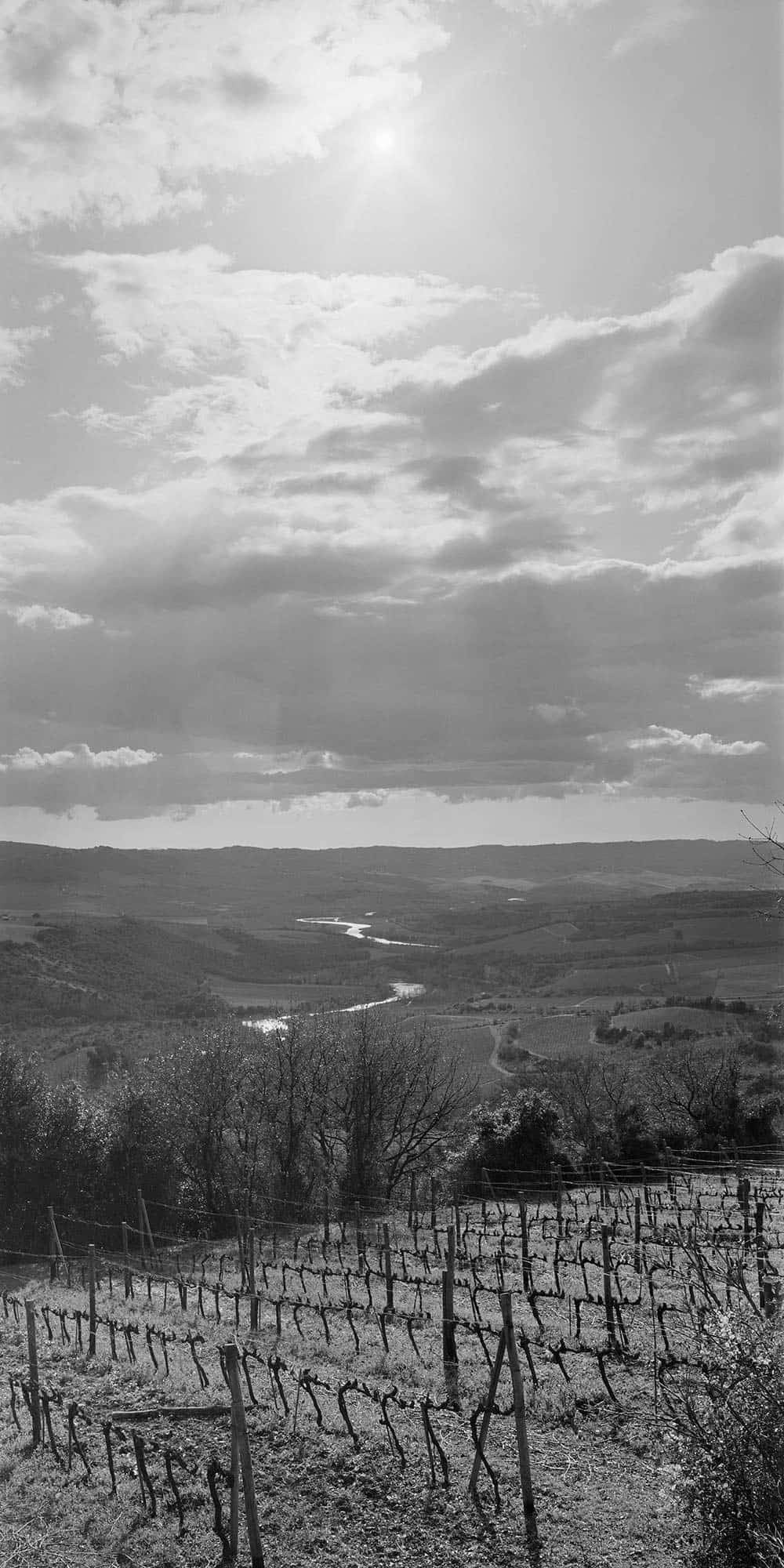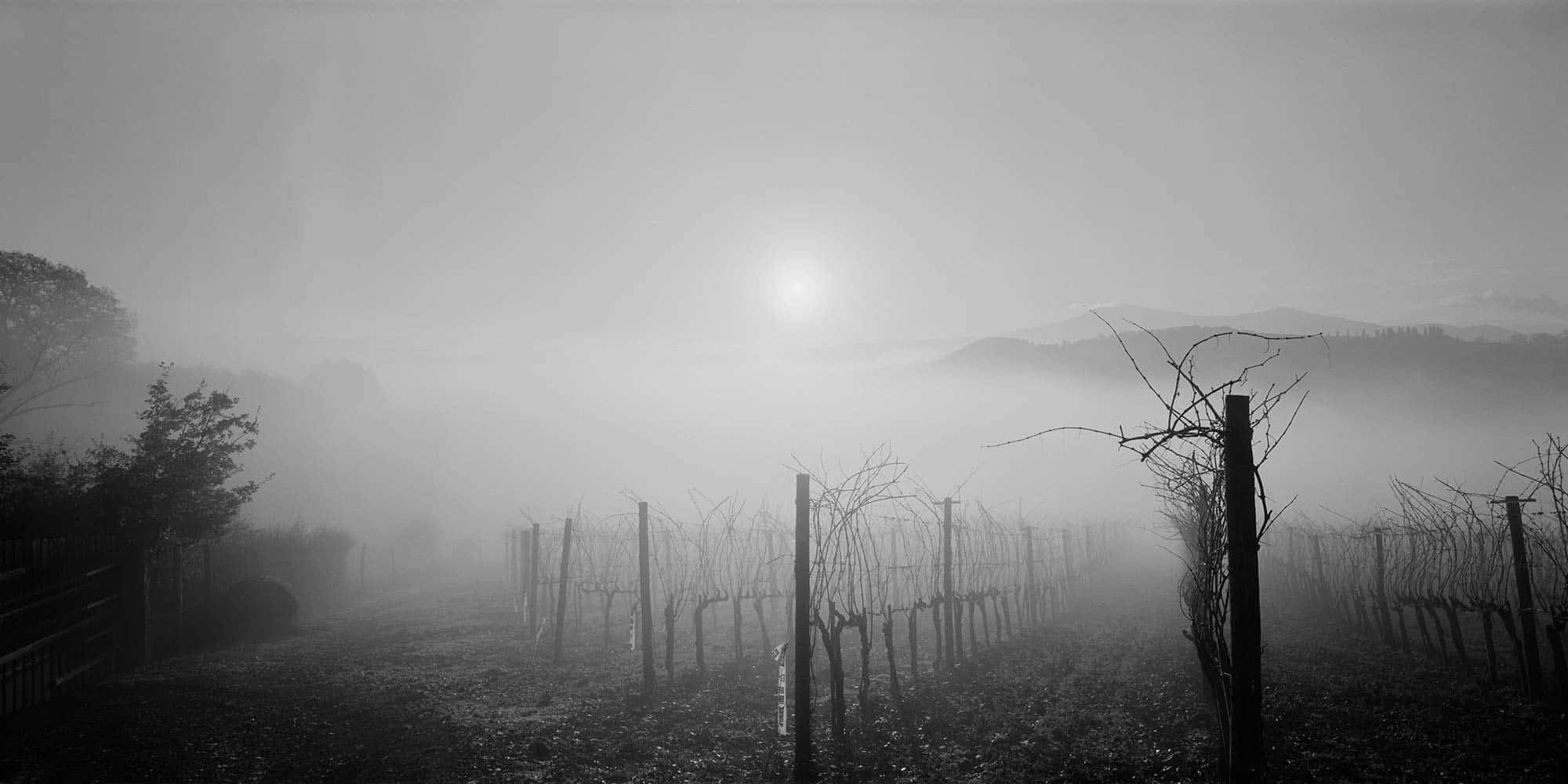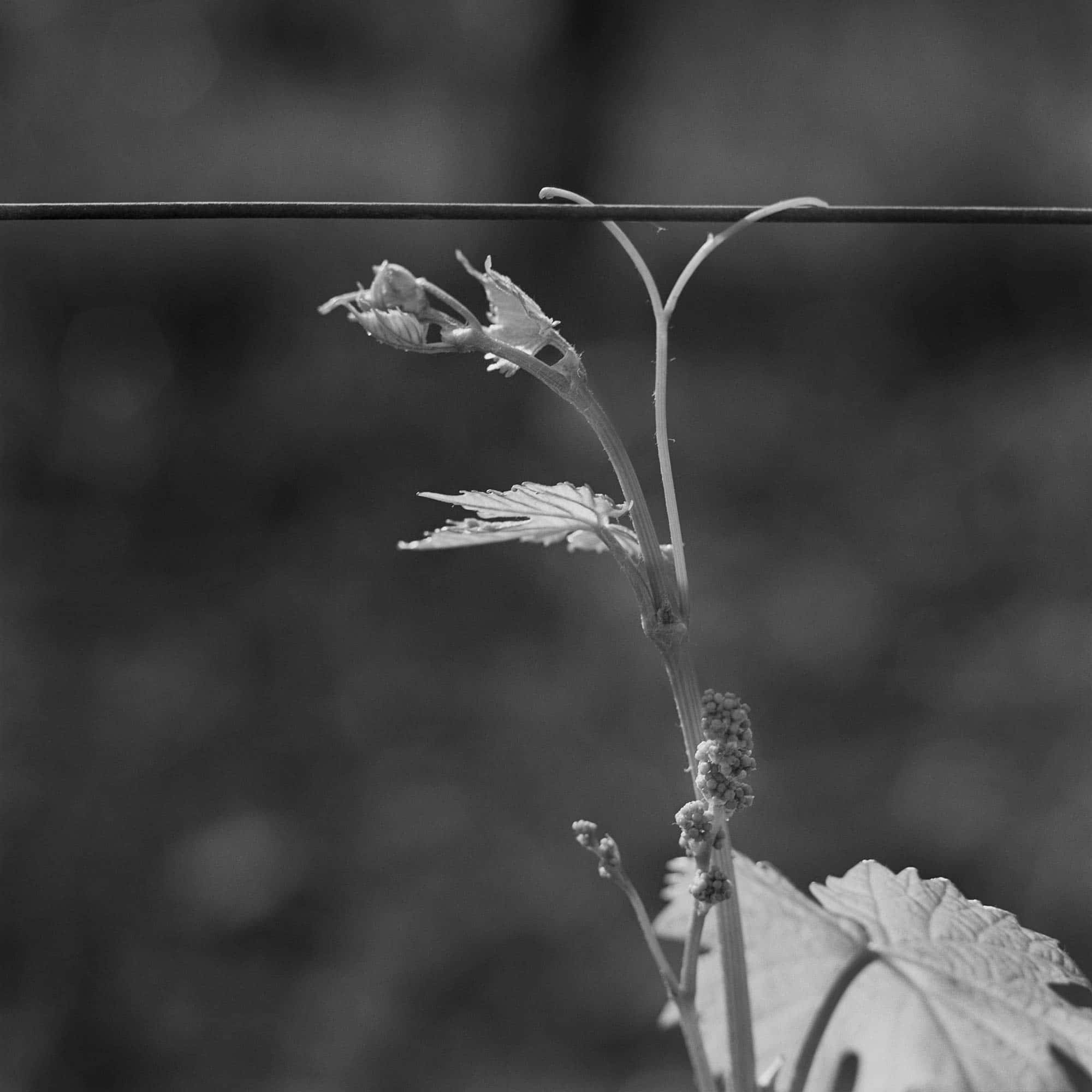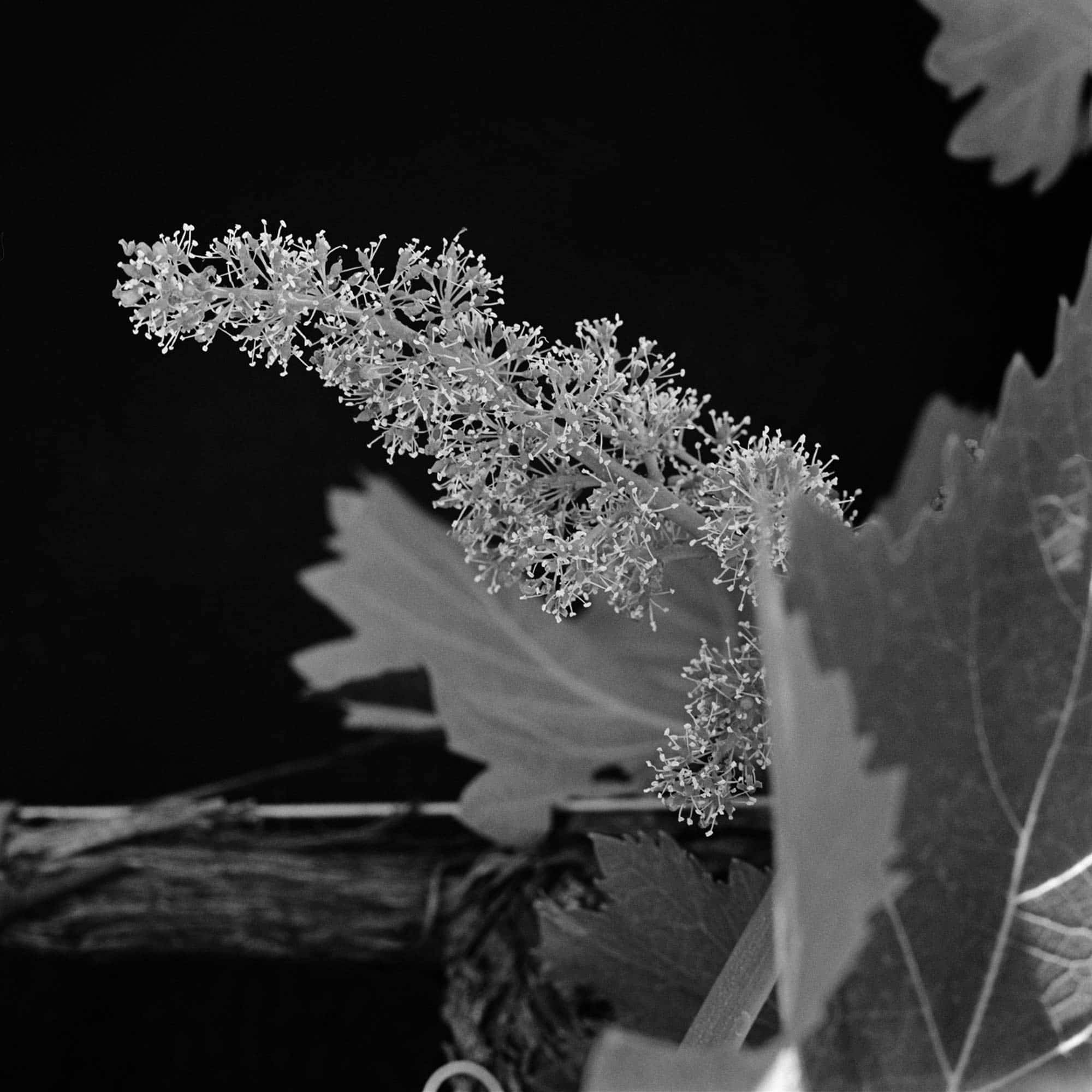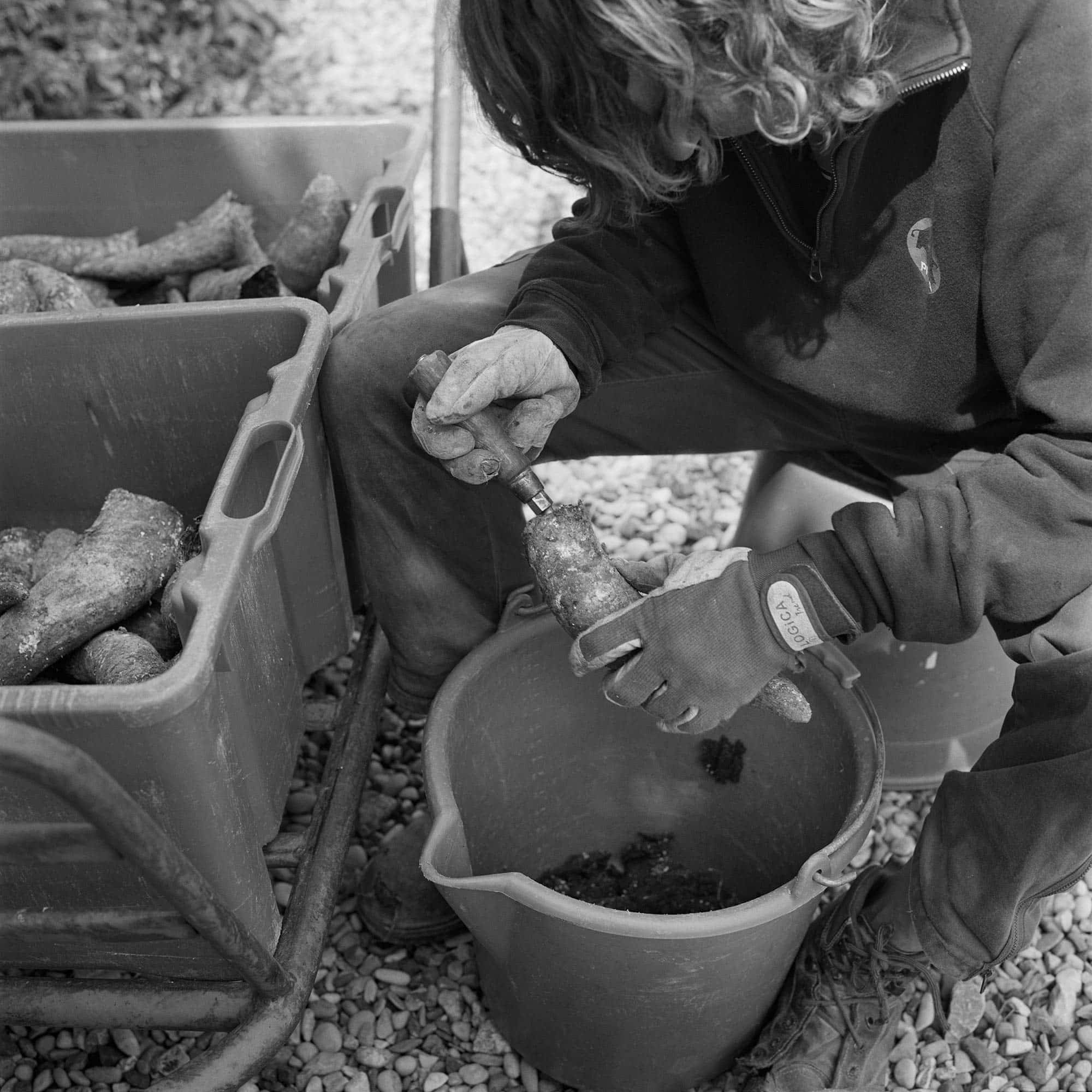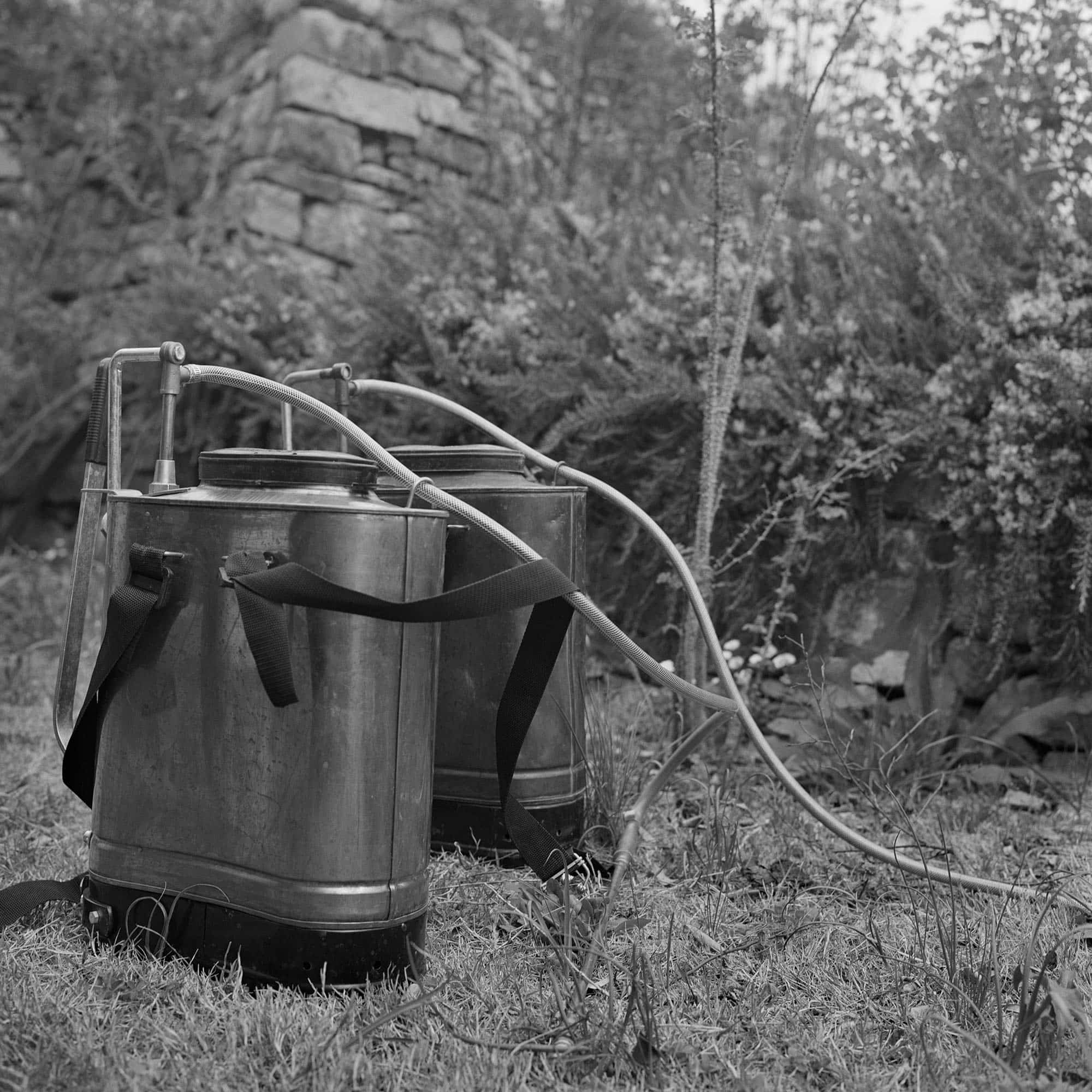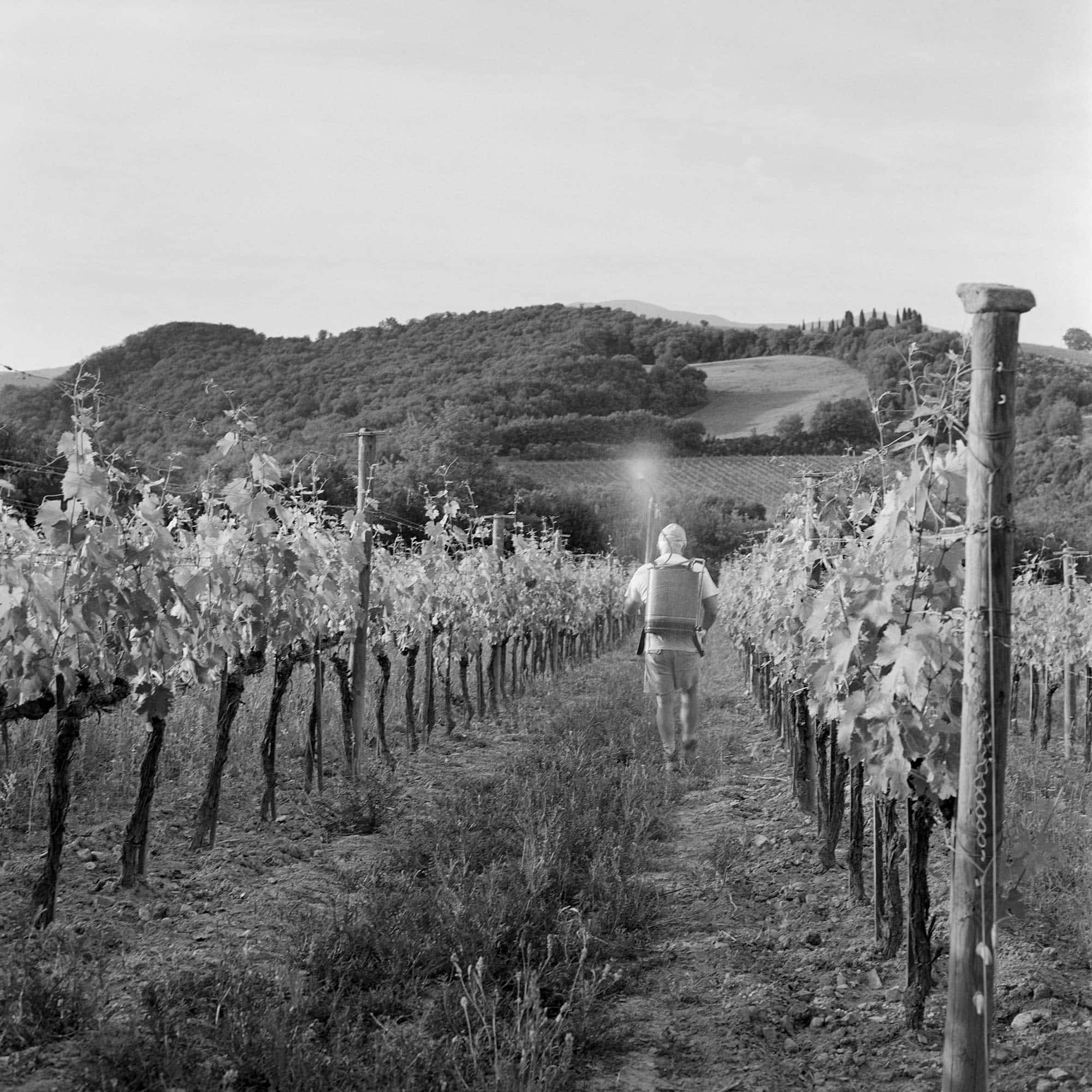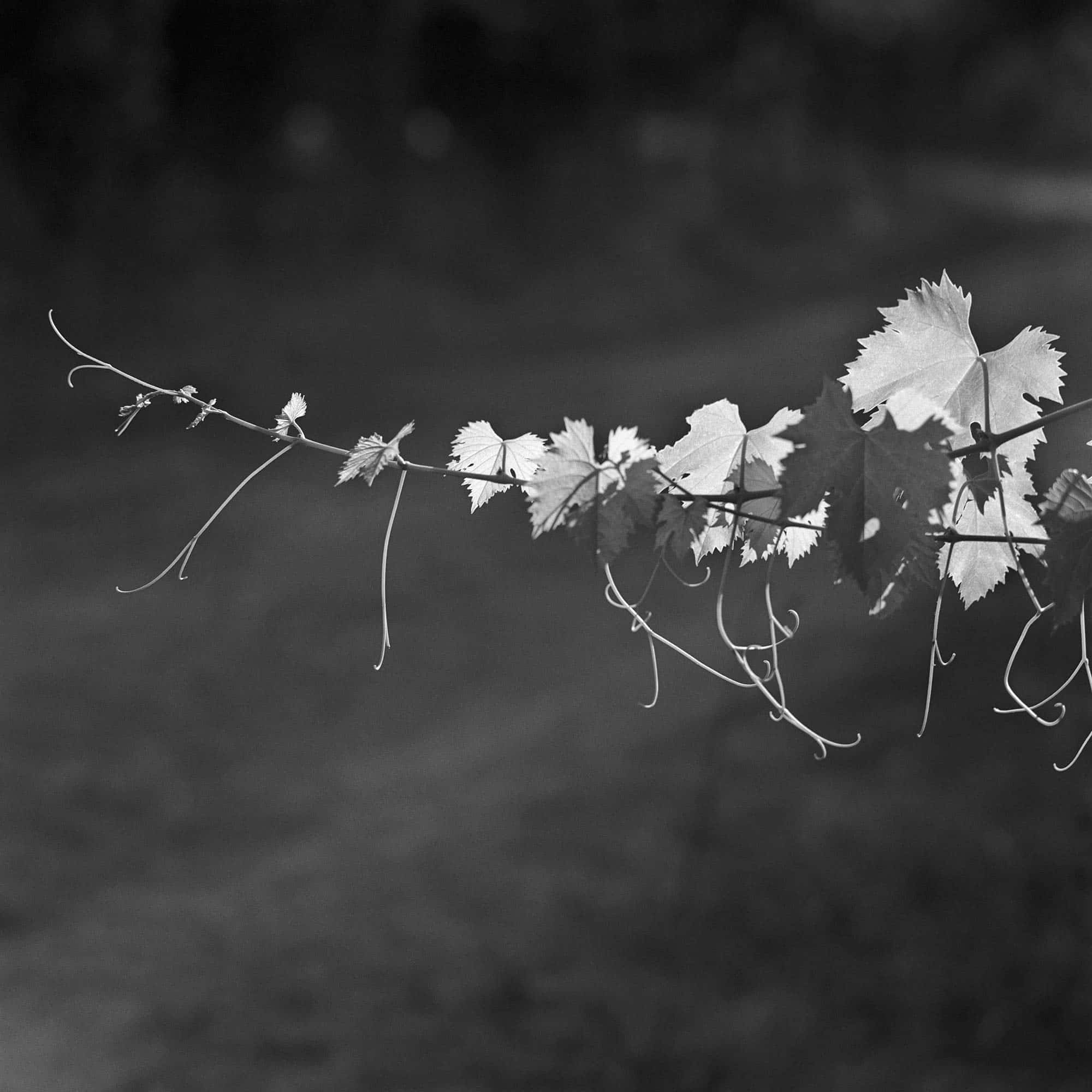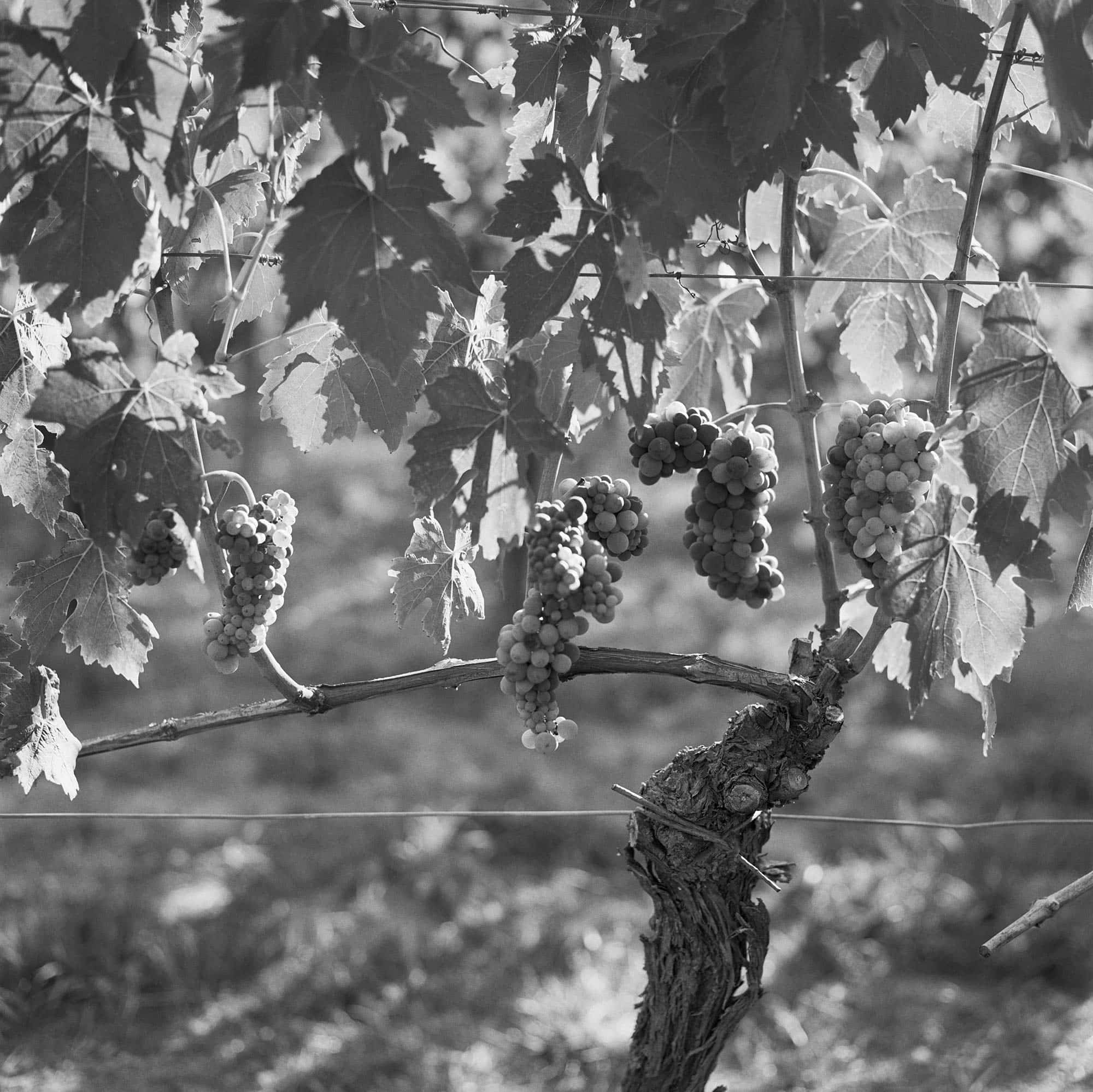Biodynamics
Nature is a great Totality; forces are acting from all sides.
Rudolf Steiner
In 1924, during a series of conferences for farmers in Koberwitz, Poland, Rudolf Steiner set the basis for biodynamic agriculture and the anthroposophic understanding of nature.
This approach aims at clarifying spiritual and mental aspects, as well as the energy influences, and proposes techniques that may find a practical application in agricultural cultivations.
The decision of putting into practice the concepts of biodynamics in our reality was – and still remains – a process that starts from the vineyard itself. In the vineyard, matter is found under the form of vine and earth, which encounter the winemaker’s ideas and ideals, as well as their love for nature. The vineyard is therefore the place where matter and spirit are combined to support the fecundity of nature.
At the very beginning of his course for farmers, Rudolf Steiner analysed the rhythms existing between Earth and the universe, along with their fundamental importance in a type of agriculture that holds into account spirituality and humanity.
We were particularly impressed by this priority: indeed, the vineyard is a chance to observe many events that present themselves with the same, steady rhythm and for which no explanation is found in the sometimes too “rigid” knowledge gained through study.
Hence, we were driven towards a deeper study of Steiner’s course on agriculture and, curious about the techniques he suggested, we started to integrate them in our experience.
Our daily work as winemakers makes us aware of our relationship with plants and the land in the surrounding natural setting, and inevitably requires from us a critical analysis of our actions.
Observing the numerous biological, biochemical, and physical processes and reactions occurring in the vineyard on a daily basis is fascinating, and discovering that everything is interconnected and should, in fact, be considered as one living organism is a matter of great wonder.
Each action, each natural event, each practical intervention operated by the winemaker has consequences on everything, and ultimately impacts on the quality of wine and on human well-being.
The key to anthroposophy ultimately lies in considering a farm as a whole organism, but without losing sight of its individual parts.
The biodynamic cultivation of vines thus requires pursuing the integration - through a holistic approach - of all aspects of winemaking: from soil quality to the characteristics given by the position of the vineyard; from the choice of vine varieties to be planted to the ground that is suitable for them; from vine and grape growth to protection against diseases, and so on, passing through thousands of small, practical steps and decisions that will lead us to the decisive moment of opening the bottle.
